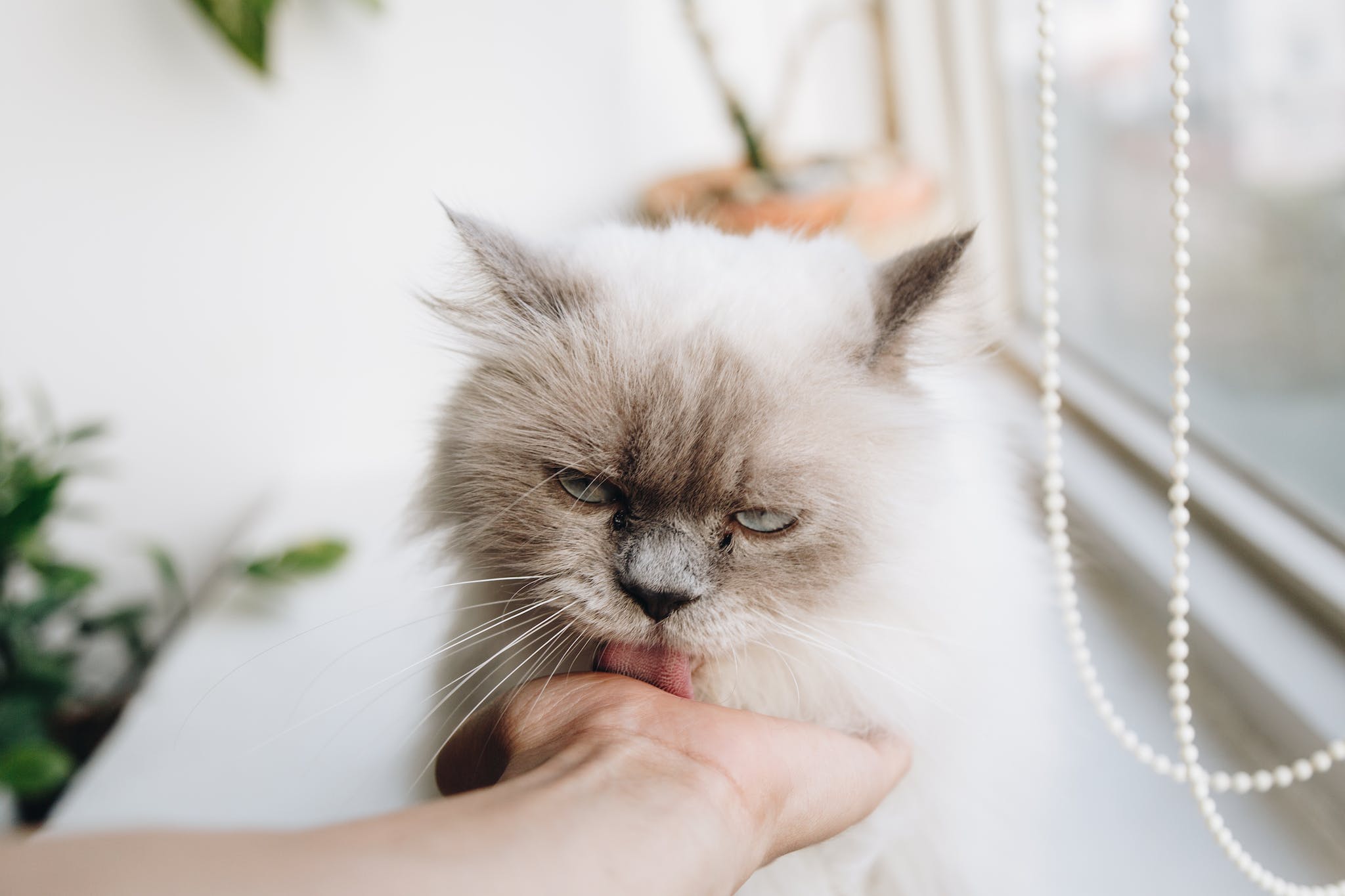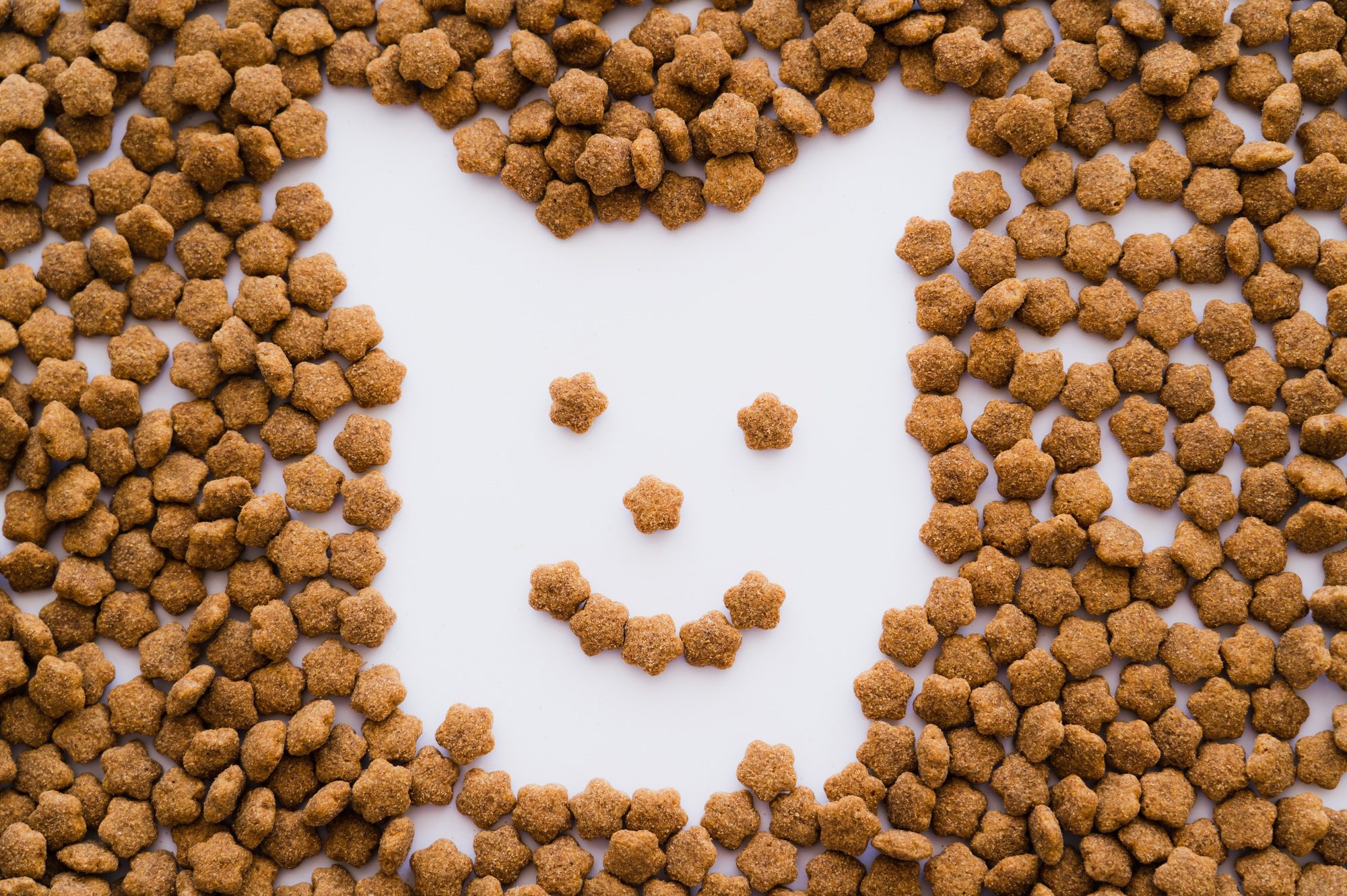Exploring the World of Palatants
Welcome to the intriguing world of palatants, the secret ingredient that every pet food needs! Whether you are a pet owner or simply curious about the pet food industry, this article will take you on a fascinating journey into the realm of the flavors that make your furry friend’s meal irresistible.
Palatants are the key to creating pet food that not only meets nutritional needs but also satisfies even the pickiest of eaters. These flavor enhancers are carefully crafted to enhance the aroma and taste of pet food, making it more appealing to our four-legged companions.

In this article, we will delve into the science behind palatants, exploring the wide range of natural and artificial ingredients used to create these enticing flavors. We will also discuss the challenges faced by pet food manufacturers in ensuring that their products meet the highest standards of quality and safety.
So, whether you want to understand why your pet goes wild for a certain brand of food or you’re interested in the intricate art of palatant creation, join us as we uncover the secrets behind the deliciousness of pet food. Let’s embark on this mouthwatering adventure together!
Understanding the role of palatants in pet food
Pet food palatants are designed to enhance the flavor and aroma of pet food, making it more enjoyable for pets to consume. While pets have different nutritional needs than humans, they still seek out food that is tasty and appealing. Palatants play a crucial role in meeting these needs by providing the desired flavors that encourage pets to eat their meals.
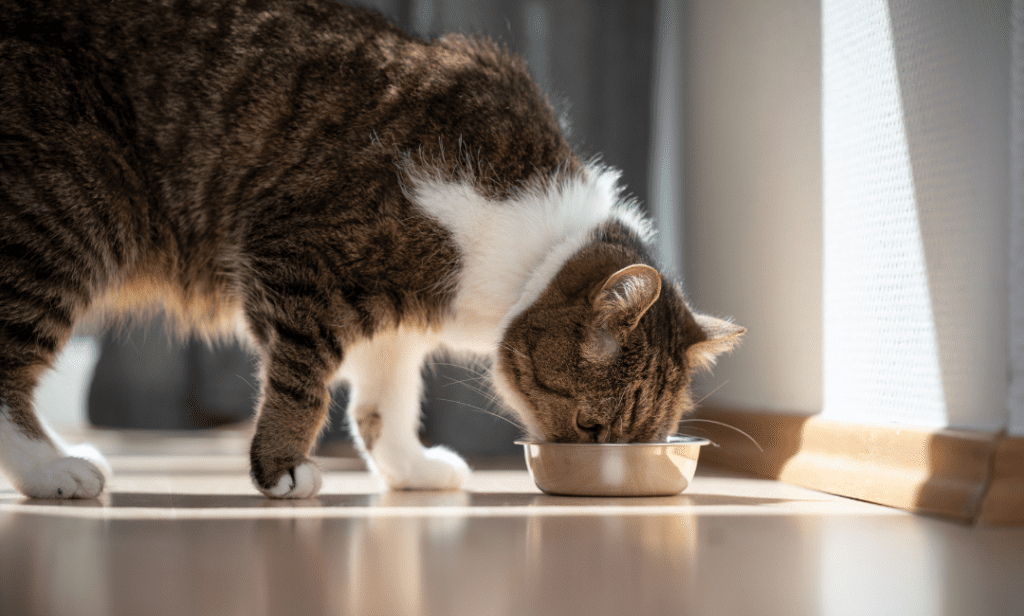
The science behind palatants is rooted in understanding the preferences and sensory perception of pets. Dogs and cats have highly developed senses of smell and taste, which influence their food choices. Palatants are formulated to appeal to these senses, creating a more enticing eating experience for our furry friends.
Palatants are typically added during the manufacturing process of pet food. They can be either natural or artificial and are carefully selected based on their ability to enhance the overall palatability of the food. These flavorful ingredients are mixed with the other components of the pet food to create a balanced and appealing meal.
The science behind palatants and pet food preferences
To understand the science behind palatants and pet food preferences, it is important to delve into the sensory perception of dogs and cats. Dogs have about 220 million olfactory receptors, while cats have around 200 million. This means that their sense of smell is far more sensitive than that of humans, allowing them to detect even the faintest aromas.
In addition to their sense of smell, dogs and cats also have taste receptors that are finely tuned to detect different flavors. While humans have around 9,000 taste buds, dogs have approximately 1,700 and cats have about 470. This means that their taste perception is less nuanced than ours, but they can still distinguish between different flavors.
Palatants are formulated to target these sensory receptors, producing flavors and aromas that are irresistible to pets. By understanding the preferences of dogs and cats, pet food manufacturers can create palatants that cater to their unique taste buds and olfactory capabilities.
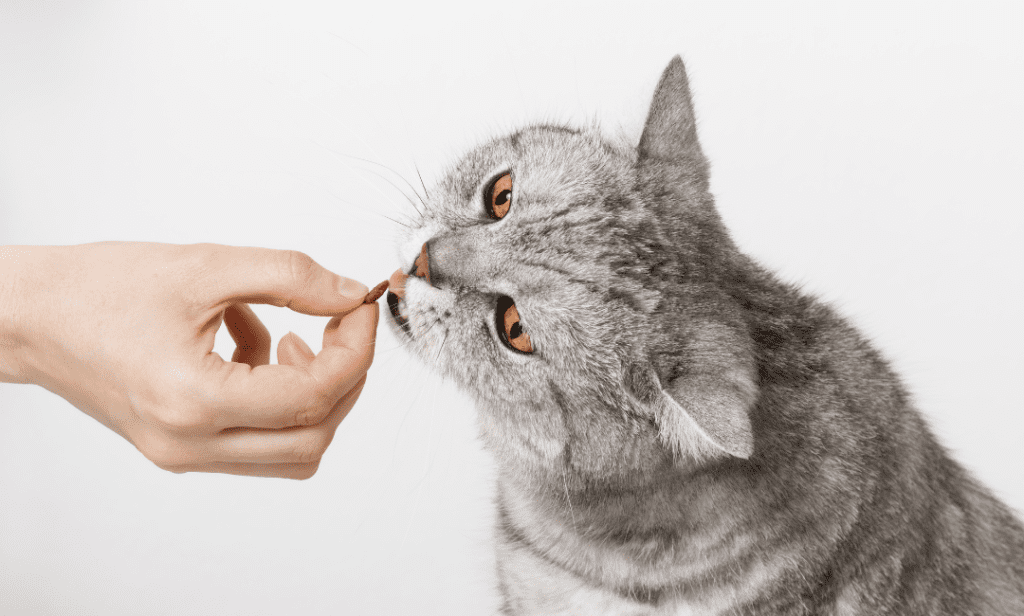
Common types of palatants used in pet food
There are various types of palatants used in pet food, each designed to evoke a specific taste or aroma profile. Some common palatants include:
1. Meat and poultry flavors: These palatants are derived from real meat and poultry sources, such as chicken, beef, or fish. They provide a natural and familiar taste that appeals to dogs and cats.
2. Vegetable and fruit flavors: Palatants made from vegetables and fruits offer a refreshing and nutritious option for pets. These flavors can include carrots, peas, apples, or berries, providing a hint of natural sweetness.
3. Cheese and dairy flavors: Many pets love the taste of cheese and dairy products, and palatants made from these ingredients can be highly enticing. These flavors are often used to enhance the richness and creaminess of pet food.
4. Savory and umami flavors: Palatants that offer savory and umami profiles are known to be particularly appealing to pets. These flavors can be achieved using ingredients like soy sauce, yeast extracts, or hydrolyzed proteins.

Benefits of using palatants in pet food
The use of palatants in pet food offers several benefits for both pets and pet owners. Here are some key advantages:
1. Increased palatability: Palatants enhance the taste and aroma of pet food, making it more enjoyable for pets to consume. This can be especially beneficial for picky eaters or pets with decreased appetite.
2. Nutritional balance: By enhancing the palatability of pet food, palatants can encourage pets to eat a balanced and complete diet. This ensures that pets receive the necessary nutrients for optimal health and well-being.
3. Variety and choice: The use of different palatants allows pet food manufacturers to offer a wide range of flavors and options for pets. This allows pet owners to choose the best palatants for their pets’ preferences and dietary needs.
4. Improved digestion: When pets enjoy their food, they are more likely to eat slowly and chew thoroughly. This can promote better digestion and nutrient absorption, leading to improved overall health.
5. Pet-owner bonding: Sharing a meal with a pet can be a bonding experience, and palatants can make this experience even more enjoyable. By providing delicious and appealing food, pet owners can strengthen their relationship with their furry companions.
Considerations when choosing palatants for pet food
When selecting palatants for pet food, there are several important considerations that pet food manufacturers need to keep in mind. These include:
1. Safety and quality: Palatants should meet the highest standards of safety and quality. It is crucial to choose palatants that are sourced from reputable suppliers and undergo rigorous testing and quality control measures.
2. Nutritional value: While palatants are primarily used for flavor enhancement, they should also contribute to the overall nutritional value of the pet food. It is important to select palatants that align with the dietary needs of dogs and cats.
3. Stability and shelf life: Palatants should be stable and have a long shelf life to ensure that the flavors remain intact throughout the manufacturing and storage processes. This helps to maintain the palatability of the pet food over time.
4. Regulatory compliance: Pet food manufacturers must comply with regulations and guidelines set by governing bodies. When choosing palatants, it is important to ensure that they meet the necessary regulatory requirements.
How palatants are tested and evaluated for pet food formulation
Before being used in pet food, palatants undergo a series of tests and evaluations to ensure their safety and effectiveness. These tests typically include:
1. Sensory analysis: Palatants are subjected to sensory analysis, where trained panelists evaluate the flavors and aromas. This helps determine the palatability and overall appeal of the palatants.
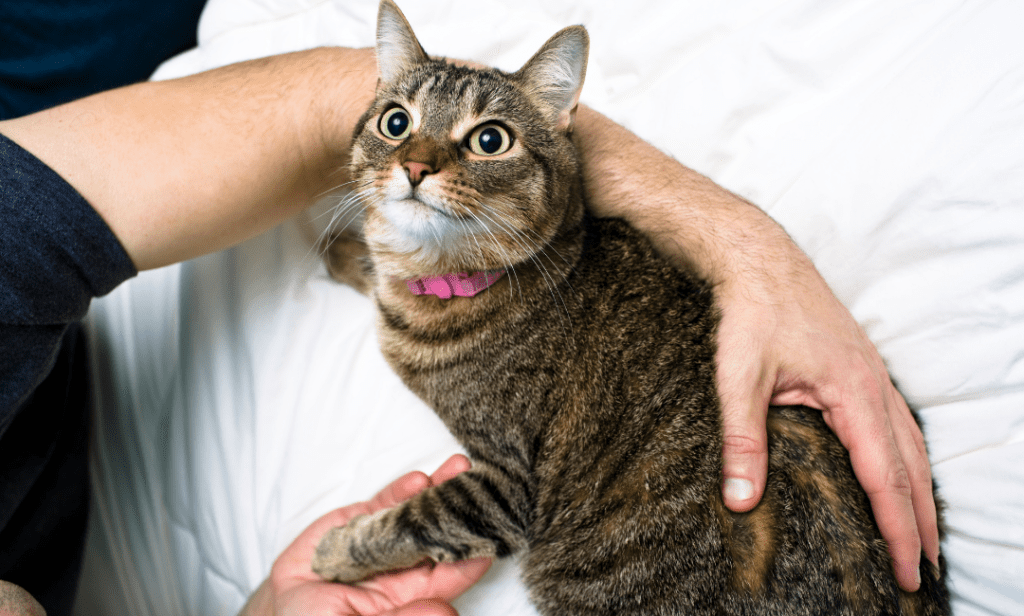
2. Digestibility studies: The digestibility of palatants is assessed to ensure that they can be easily broken down and absorbed by pets. This helps ensure that the palatants contribute to the nutritional value of the pet food.
3. Stability testing: Palatants are tested for stability under different storage conditions to ensure that their flavors and aromas remain intact over time. This helps guarantee that the palatants will deliver consistent results in the final pet food product.
4. Safety assessments: Palatants undergo safety assessments to ensure that they do not pose any health risks to pets. This includes testing for potential allergenicity or any adverse effects on pet health.
The future of palatants in the pet food industry
As the pet food industry continues to evolve, the future of palatants looks promising. Pet owners are increasingly seeking high-quality, nutritious, and flavorful options for their pets. This demand has led to advancements in palatant technology, with an emphasis on natural and sustainable ingredients.
In recent years, there has been a shift towards using more natural palatants, derived from real food sources. This aligns with the growing consumer preference for natural and minimally processed pet food. As pet food manufacturers continue to innovate, we can expect to see a wider variety of palatants that cater to specific dietary needs and flavor preferences.
Additionally, advancements in research and technology will likely lead to more targeted palatants that address specific health concerns or age-related issues in pets. This could include palatants designed to support joint health, dental care, or weight management.
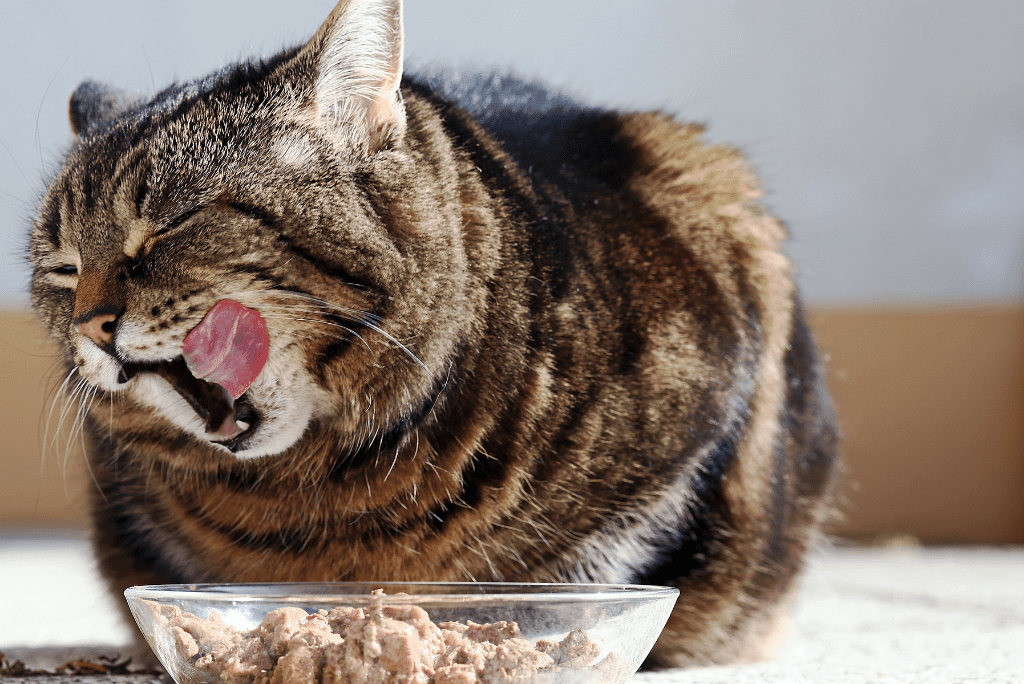
Case studies: Successful pet food brands using palatants
Several successful pet food brands have capitalized on the power of palatants to create delicious and nutritious pet food options. Let’s take a look at some notable case studies:
1. Brand X: Brand X uses a combination of natural palatants, including real meat and vegetables, to create a range of flavorful pet foods. Their products have gained popularity among pet owners due to their palatability and focus on natural ingredients.
2. Brand Y: Brand Y specializes in using unique and exotic palatants, such as kangaroo and quinoa, to create pet food options that cater to pets with specific dietary needs or allergies. Their innovative approach has garnered attention and appreciation from pet owners seeking novel flavors.
3. Brand Z: Brand Z focuses on using palatants that support specific health concerns, such as palatants enriched with omega-3 fatty acids for joint health or antioxidants for immune support. Their targeted approach has resonated with pet owners looking to address specific health issues in their pets.
Conclusion: Enhancing pet food with the power of palatants
In conclusion, palatants play a crucial role in the world of pet food, enhancing the flavor and aroma of meals and making them more appealing to our furry friends. By understanding the preferences and sensory perception of pets, pet food manufacturers can create palatants that satisfy even the pickiest eaters.
The use of palatants in pet food offers numerous benefits, including increased palatability, nutritional balance, and improved digestion. However, it is important to carefully consider factors such as safety, quality, and regulatory compliance when choosing palatants for pet food formulation.
As the pet food industry continues to evolve, we can expect to see advancements in palatant technology, with a focus on natural and sustainable ingredients. Pet food brands that have successfully harnessed the power of palatants have gained popularity among pet owners seeking flavorful and nutritious options for their beloved companions.
So, whether you’re a pet owner curious about what makes your pet’s food so irresistible or a pet food manufacturer looking to create the next palatable sensation, the world of palatants holds endless possibilities. Embrace the power of palatants and enhance the mealtime experience for your furry friend!

